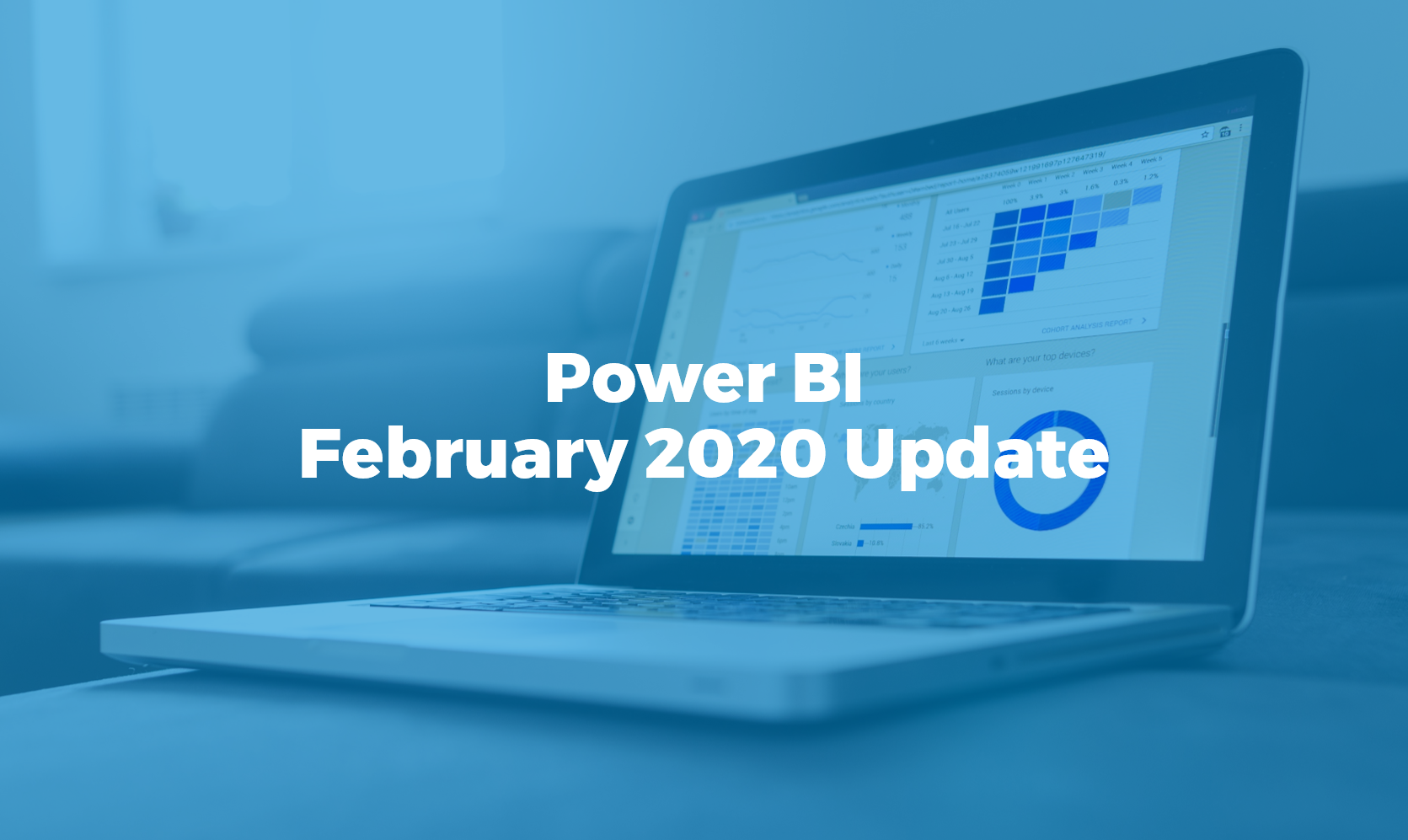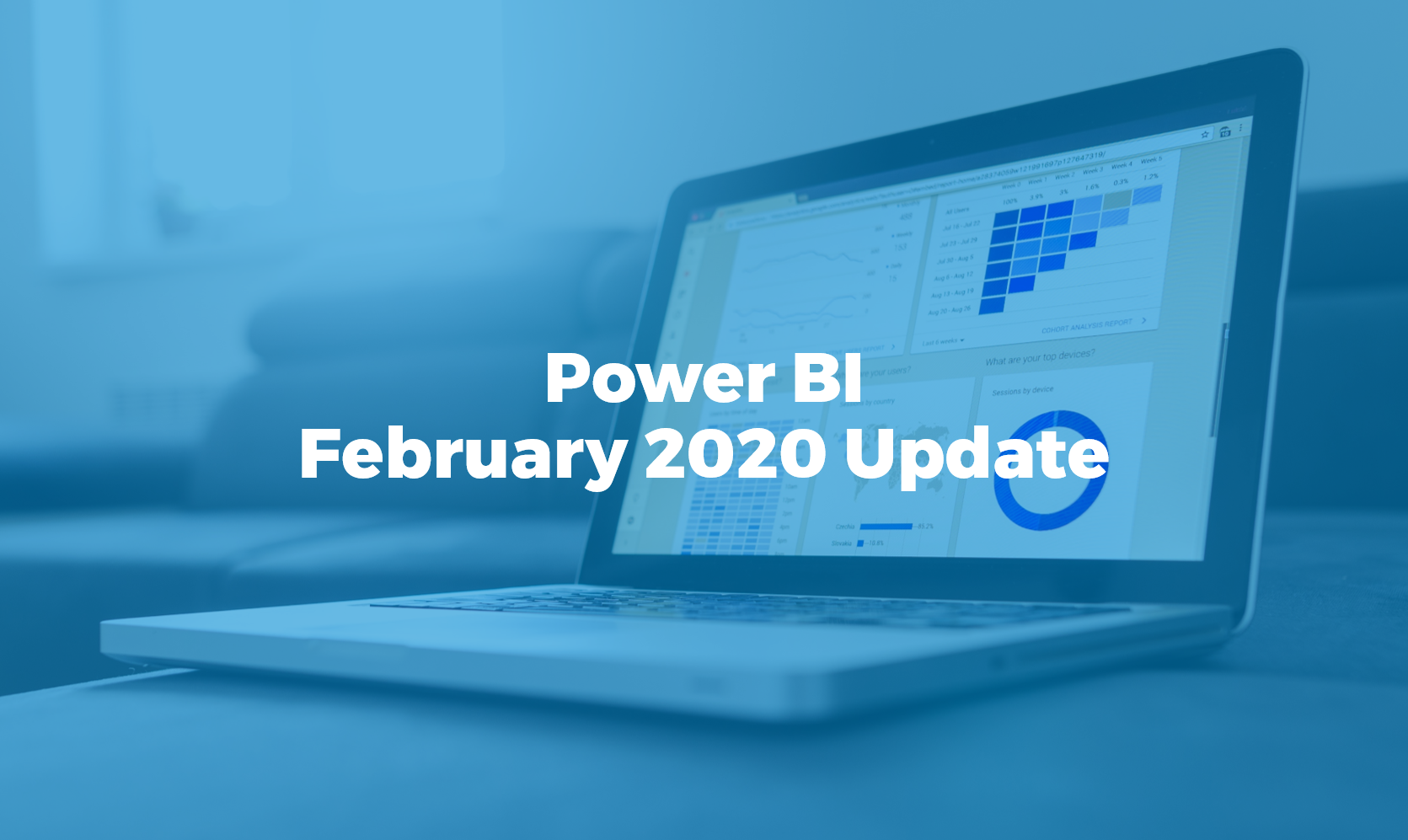Microsoft launched a new Power BI update in February. These are the most interesting features.
The month of February has been full of new developments in Power BI. The platform has shared the latest updates, chosen from the comments of Power BI users in the community. Specifically, they have made two modifications that had been in high demand: the new ribbon and new DAX functions.

The new features focus on the aspects of data set management, reporting, modeling, visualizations, data preparation and connectivity. We review the most interesting ones in each section.
Dataset management
In the management of datasets, one of the updates is the implementation of the incremental refresh of data. This feature, which allows to refresh or update only the recently modified data and not the whole dataset, was already available in the premium version of the platform. However, thanks to the high demand, it has been made accessible, also, to the users of the Pro version. The benefits of this type of refresh are greater speed, more reliability, since it eliminates the need to maintain long connections with volatile source systems, and the reduction of necessary resources.
Reporting
Within reporting is the update of the ribbon. The ribbon received major changes in a previous update, but some changes have been added to the ribbon. Specifically, there are updates to the title bar, new keytip functionality, and an accessibility update. In the title bar, the save, undo, and redo buttons have been added back on the left side. On the right side is the register button. In addition, it is now possible to use the keys to navigate and select the buttons on the ribbon and title bar. Finally, the title bar, the ribbon, and the file menu have been made accessible.
Modeling
As for the modeling, new DAX functions have been implemented: FirstNonBlankValue and LastNonBlankValue. These functions evaluate an expression filtered by the ordered values of a column and return the first or last value of the expression that is not blank.
Display
This new update brings several new visuals, such as the funnel and pyramid graphics by xViz. This visual works as two in one, as it joins two display modes: the traditional and the 3D mode. It is a graphic that allows a high level of customization and modification of every detail. It offers advanced conditional formatting options with easily configurable properties, number formatting options to customize values according to various business scenarios, and switching between default mode and 3D mode with a single click, among others.
This chart is very useful for representing lead conversion processes for sales analysis, SEO analysis using a funnel chart, hierarchical visualization for analyzing business data in various geographies, and others.
Another new visual is the OEE Dashboard from 3AG Systems. It is a tool designed for companies to measure production efficiency across different machines in a factory. It is designed for companies in the mining and production sector. It allows tracking of availability, performance and quality KPIs.
There comes also the organizational chart by MAQ Software. This visual is a way to show hierarchical information and relationships between different entities. It can be used for sales, marketing, organization, IT, operations, finance...
These are just some of the graphics that come with the new update. See them all in the full Feature Summary.
Data Preparation
With the initial release of query diagnostics, some users of the Microsoft Store version could not run the diagnostics if they did not have administrator rights. With this version, they have the option to do so without being an administrator.
Data Connectivity
This update makes several new connectors available to users. One of them is the FHIR connector. FHIR® (Healthcare Interoperability Resources) is the state-of-the-art standards framework for clinical data. Microsoft offers a fully managed Azure API for the FHIR service, which is a turnkey solution for storing, searching and exchanging clinical information. Data from FHIR servers can now be integrated with Power BI using FHIR's Power Query.
Microsoft offers regular Power BI updates. Subscribe to our blog to receive our next summary.



